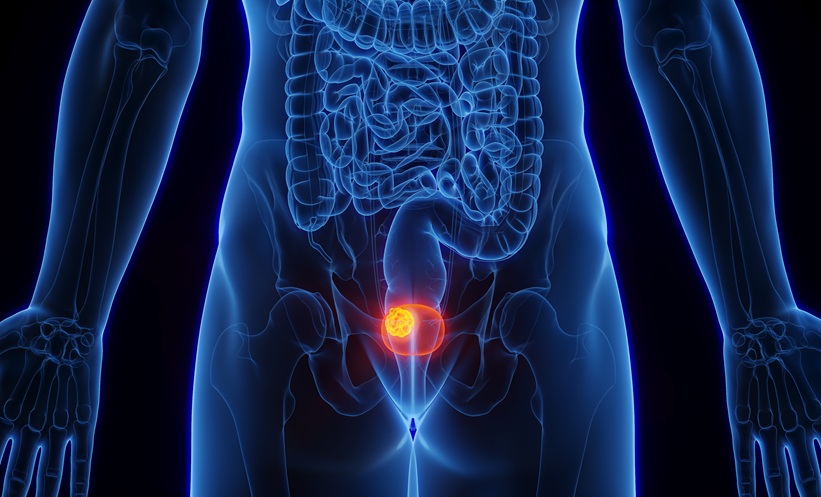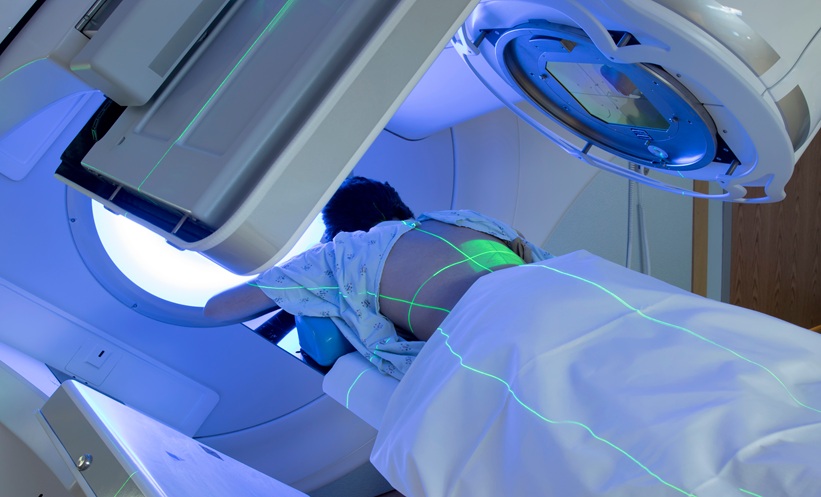Abstract
Purpose: We investigated the effect of prostate magnetic resonance imaging (MRI) on the dissection plan of the neurovascular bundle and the oncological results of our patients who underwent robotic radical prostatectomy operation. Materials and Methods: We prospectively evaluated 30 consecutive patients, 15 of whom had prostate MRI before the operation, and 15 of whom did not. With the findings of MRI, the dissection plan was changed as intrafascial, interfascial, and extrafascial technique in the MRI group. Two groups were compared in terms of age, prostate-specific antigen (PSA), and Gleason scores (GSs). Surgical margin status was also checked with the final pathology. Results: There was no significant difference between the two groups in terms of age, PSA, biopsy GS, and final pathological GS. MRI changed the initial surgical plan to a nerve-sparing technique in 7 of the 15 patients. Only one patient in the MRI group had a positive surgical margin on bladder neck. MRI was confirmed as the primary tumour localisation in the final pathology in 93.3% of patients. Conclusion: Preoperative prostate MRI influenced the decision to carry out a nerve-sparing technique in 46% of the patients in our study; however, the change to a nerve-sparing technique did not seem to compromise the surgical margin positivity.
Please view the full content in the pdf above.








